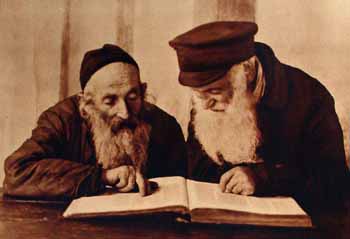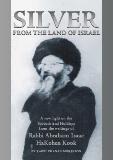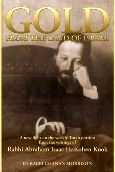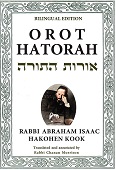
In chapter 111, the psalmist expresses his wonder at the magnificence of God’s works — both in the realm of nature and in the Torah. This appreciation for the details in God’s works was the focal point for a third-century debate between Rabbi Abahu and an unnamed heretic.
The Heretic’s Challenge
The Talmud (Berachot 10a) recounts that a heretic once questioned Rabbi Abahu about the order of chapters in the book of Psalms. Why, he asked, does the third chapter refer to the rebellion of Absalom, while chapter 57 speaks of David hiding from Saul — an event that occurred many years before Absalom’s rebellion?
This was not an innocent query. The heretic believed that there is no real order to the chapters, and the arrangement is happenstance. While the overall prophetic message may be Divinely inspired, the details are arbitrary and lack significance.
In other words, the heretic was challenging the very heart of rabbinic tradition. He denied the validity of making deductions from details in the Torah’s text. In fact, he undermined the entire process of applying hermeneutic rules to derive laws and moral teachings.
Deriving Meaning from Juxtaposition
Rabbi Abahu agreed that this question is indeed difficult for those who require a chronological order in the text. But for us, he retorted, this question poses no difficulty. We also look for contextual inferences. This is a method of textual interpretation called semuchim.
In this particular case, Absalom’s rebellion is mentioned in chapter three of Psalms in order to connect it to the subject matter of the second chapter — the future rebellion of Gog and Magog.
Rabbi Abahu closed his argument by noting that the concept of semuchim is already mentioned in the Torah, as it says, “Steadfast (semuchim) forever, they are made in truth and uprightness” (Psalms 111:8).
Yet his proof-text appears artificial. The word semuchim in the verse refers to the steadfast and eternal nature of mitzvot, not to the method of textual exegesis called semuchim!
Purpose in the Details of Creation
When we examine the characteristics of living creatures, we find that each detail — the aerodynamics of a butterfly’s wing, the speed of a chameleon’s tongue - displays wisdom and purpose, rather than chance and randomness. This is true for the entire gamut of life, from the needs of an amoeba to the complex lives of humans.
This perception is even more valid regarding that which humanity requires to develop, both morally and spiritually. The catalysts for our spiritual growth are infinitely more significant than the means for satisfying our natural — i.e., physical and intellectual — needs.
In short, any mechanism that furthers our ethical advance is a product of Divine wisdom. God provided us with these means so that we may realize our full potential.
The primary vehicle for mankind’s spiritual growth is the Torah and the prophetic writings. These writings are a beacon of light, establishing the foundations of morality and justice for all peoples. It is far-fetched to suggest that such a critical instrument for humanity’s advance is merely a matter of chance, even with regard to its minor aspects and details.
Design in the Details
We may now better understand Rabbi Abahu’s proof from Psalm 111:
“מַעֲשֵׂי יָדָיו אֱמֶת וּמִשְׁפָּט; נֶאֱמָנִים כָּל-פִּקּוּדָיו. סְמוּכִים לָעַד לְעוֹלָם; עֲשׂוּיִם בֶּאֱמֶת וְיָשָׁר.” (תהילים קי"א:ז-ח)
“The works of His hands are truth and justice; all of His precepts are faithful. They are steadfast forever; they are fashioned in truth and uprightness.” (v. 7-8)
The psalmist speaks of both nature and God’s precepts. He compares the “truth” — the design and purpose — that is evident in nature with the truth to be uncovered in the Torah.
The detailed workings of creation reflect Divine order and purpose. “The works of His hands are truth and justice.” We should recognize that this same quality applies to the Torah — “all of His precepts are faithful” — since the Torah’s precepts develop our moral and spiritual character.
“They are steadfast (semuchim) forever.” The writings of the Torah rely securely (somchim) on the pillars of Divine wisdom that nurtures humanity’s advance and enlightenment. If Divine providence is discernible even in the smallest and most insignificant of creatures, then certainly we should expect it will be found in that which gives meaning and direction to humanity, the crown of creation.
Thus we may be confident in the validity of lessons derived from textual analysis, such as semichut of adjacent texts, for this order was intended for our spiritual benefit. The words of the Torah, in all their particulars, are “fashioned in truth.”
(Adapted from Ein Eyah vol I, p. 49 on Berachot 10a)





